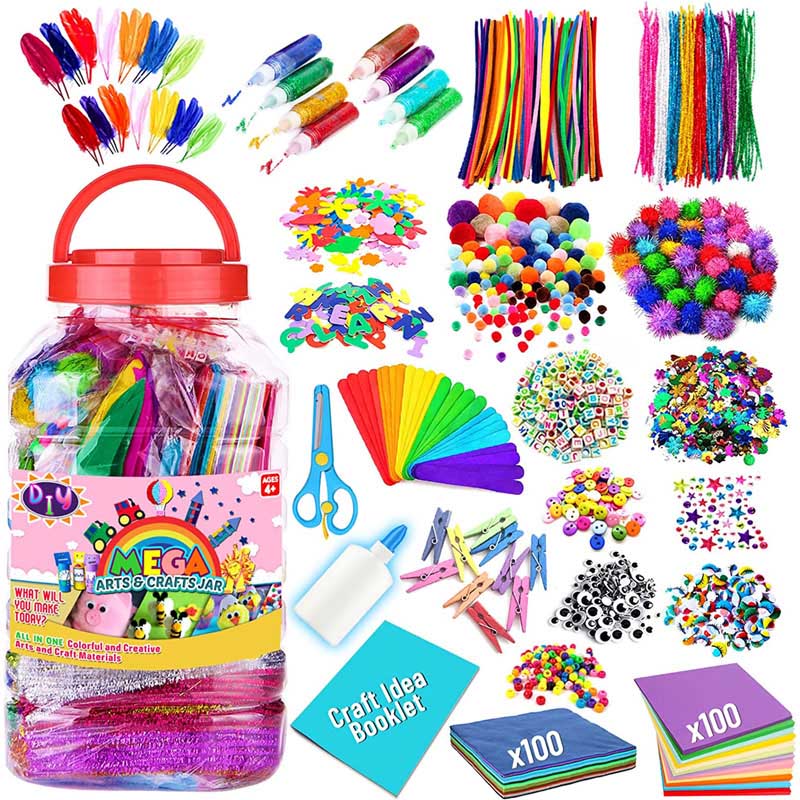 English
English-
 English
English -
 Español
Español -
 Português
Português -
 русский
русский -
 Français
Français -
 日本語
日本語 -
 Deutsch
Deutsch -
 tiếng Việt
tiếng Việt -
 Italiano
Italiano -
 Nederlands
Nederlands -
 ภาษาไทย
ภาษาไทย -
 Polski
Polski -
 한국어
한국어 -
 Svenska
Svenska -
 magyar
magyar -
 Malay
Malay -
 বাংলা ভাষার
বাংলা ভাষার -
 Dansk
Dansk -
 Suomi
Suomi -
 हिन्दी
हिन्दी -
 Pilipino
Pilipino -
 Türkçe
Türkçe -
 Gaeilge
Gaeilge -
 العربية
العربية -
 Indonesia
Indonesia -
 Norsk
Norsk -
 تمل
تمل -
 český
český -
 ελληνικά
ελληνικά -
 український
український -
 Javanese
Javanese -
 فارسی
فارسی -
 தமிழ்
தமிழ் -
 తెలుగు
తెలుగు -
 नेपाली
नेपाली -
 Burmese
Burmese -
 български
български -
 ລາວ
ລາວ -
 Latine
Latine -
 Қазақша
Қазақша -
 Euskal
Euskal -
 Azərbaycan
Azərbaycan -
 Slovenský jazyk
Slovenský jazyk -
 Македонски
Македонски -
 Lietuvos
Lietuvos -
 Eesti Keel
Eesti Keel -
 Română
Română -
 Slovenski
Slovenski -
 मराठी
मराठी -
 Srpski језик
Srpski језик -
 Esperanto
Esperanto -
 Afrikaans
Afrikaans -
 Català
Català -
 שפה עברית
שפה עברית -
 Cymraeg
Cymraeg -
 Galego
Galego -
 Latviešu
Latviešu -
 icelandic
icelandic -
 ייִדיש
ייִדיש -
 беларускі
беларускі -
 Hrvatski
Hrvatski -
 Kreyòl ayisyen
Kreyòl ayisyen -
 Shqiptar
Shqiptar -
 Malti
Malti -
 lugha ya Kiswahili
lugha ya Kiswahili -
 አማርኛ
አማርኛ -
 Bosanski
Bosanski -
 Frysk
Frysk -
 ភាសាខ្មែរ
ភាសាខ្មែរ -
 ქართული
ქართული -
 ગુજરાતી
ગુજરાતી -
 Hausa
Hausa -
 Кыргыз тили
Кыргыз тили -
 ಕನ್ನಡ
ಕನ್ನಡ -
 Corsa
Corsa -
 Kurdî
Kurdî -
 മലയാളം
മലയാളം -
 Maori
Maori -
 Монгол хэл
Монгол хэл -
 Hmong
Hmong -
 IsiXhosa
IsiXhosa -
 Zulu
Zulu -
 Punjabi
Punjabi -
 پښتو
پښتو -
 Chichewa
Chichewa -
 Samoa
Samoa -
 Sesotho
Sesotho -
 සිංහල
සිංහල -
 Gàidhlig
Gàidhlig -
 Cebuano
Cebuano -
 Somali
Somali -
 Тоҷикӣ
Тоҷикӣ -
 O'zbek
O'zbek -
 Hawaiian
Hawaiian -
 سنڌي
سنڌي -
 Shinra
Shinra -
 Հայերեն
Հայերեն -
 Igbo
Igbo -
 Sundanese
Sundanese -
 Lëtzebuergesch
Lëtzebuergesch -
 Malagasy
Malagasy -
 Yoruba
Yoruba -
 简体中文
简体中文 -
 繁体中文
繁体中文
How do you make a collage for kids project?
2024-03-12
Creating a collage for a kids' project can be a fun and creative activity.
Gather a variety of materials such as colored paper, magazines, newspapers, fabric scraps, ribbons, buttons, feathers, beads, glitter, sequins, and any other craft materials you have on hand.
Child-safe scissors or regular scissors with supervision.
Stick glue, glue sticks, or liquid glue can work.
Choose a sturdy base material like cardboard, poster board, or thick paper to create the foundation for the collage.
Optional for adding drawings or additional embellishments.
Paints, brushes, stencils, and other decorative items.
Decide on a theme for the collage. It could be anything from animals, nature, space, fantasy, or even a specific topic they're interested in.
Lay out all the materials you've gathered on a table or workspace. Organize them by type or color to make it easier for kids to find what they need.
Use scissors to cut out shapes or images from magazines, colored paper, or fabric scraps. Encourage kids to experiment with different shapes and sizes. They can also tear paper for a textured look.
Before gluing anything down, encourage kids to arrange the cut-out pieces on the base material. They can try different compositions until they're happy with the layout. This step allows them to use their creativity and imagination.
Once they're satisfied with the arrangement, it's time to glue the pieces onto the base material. Remind them to apply glue to the back of each piece and press it firmly onto the base to ensure it sticks.
Kids can add additional details using markers, crayons, or paints. They can draw designs, add borders, or write captions to enhance their collage.
Allow the collage to dry completely before handling or displaying it. This ensures that all the pieces are securely attached.
Once the collage for kids is dry, they can further embellish it with glitter, sequins, stickers, or any other decorative items they like.
Once the collage for kids is complete, it's ready to be displayed proudly on a wall or given as a gift to family and friends.
Encourage creativity and experimentation throughout the process, and remember to have fun!




